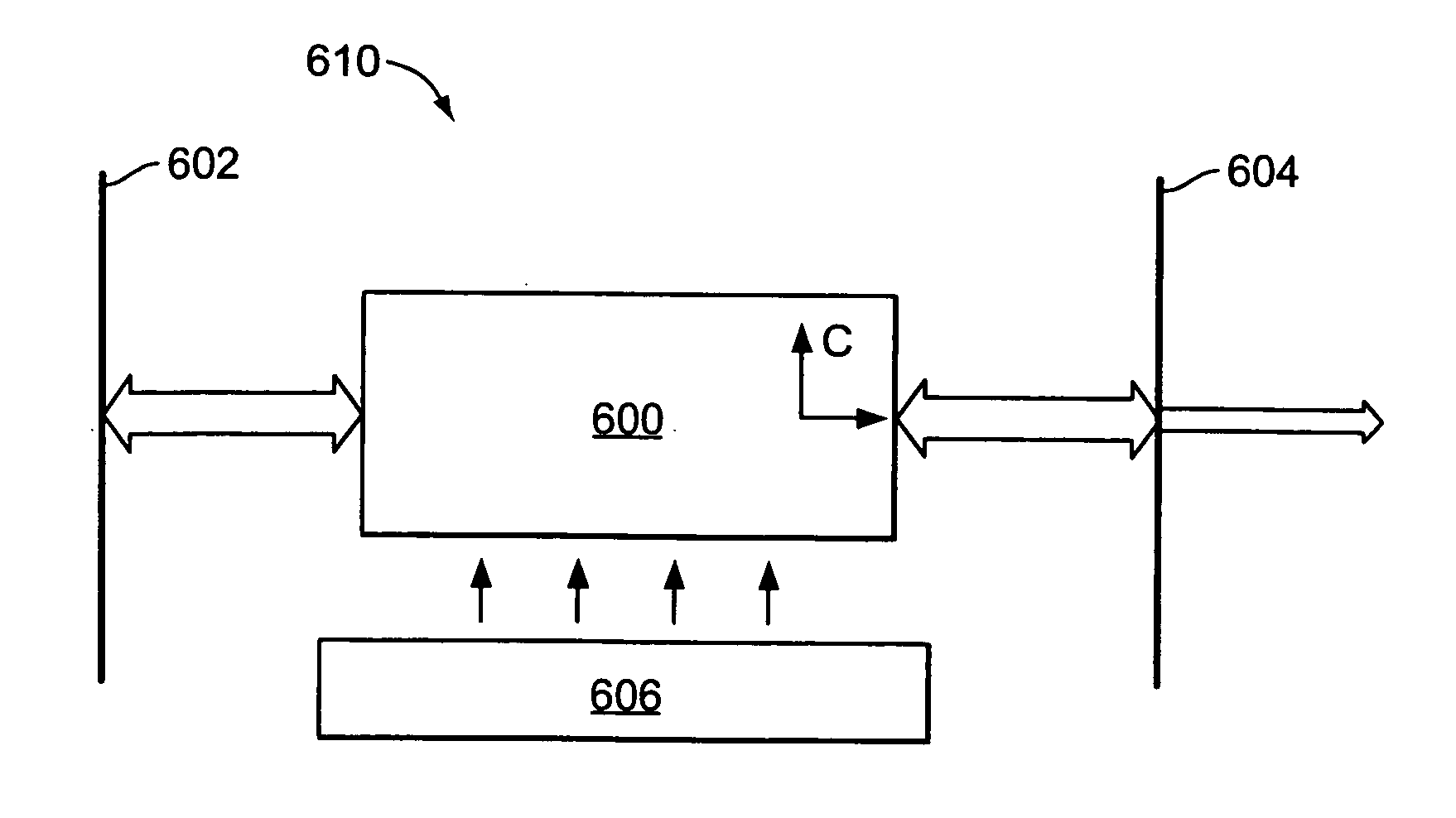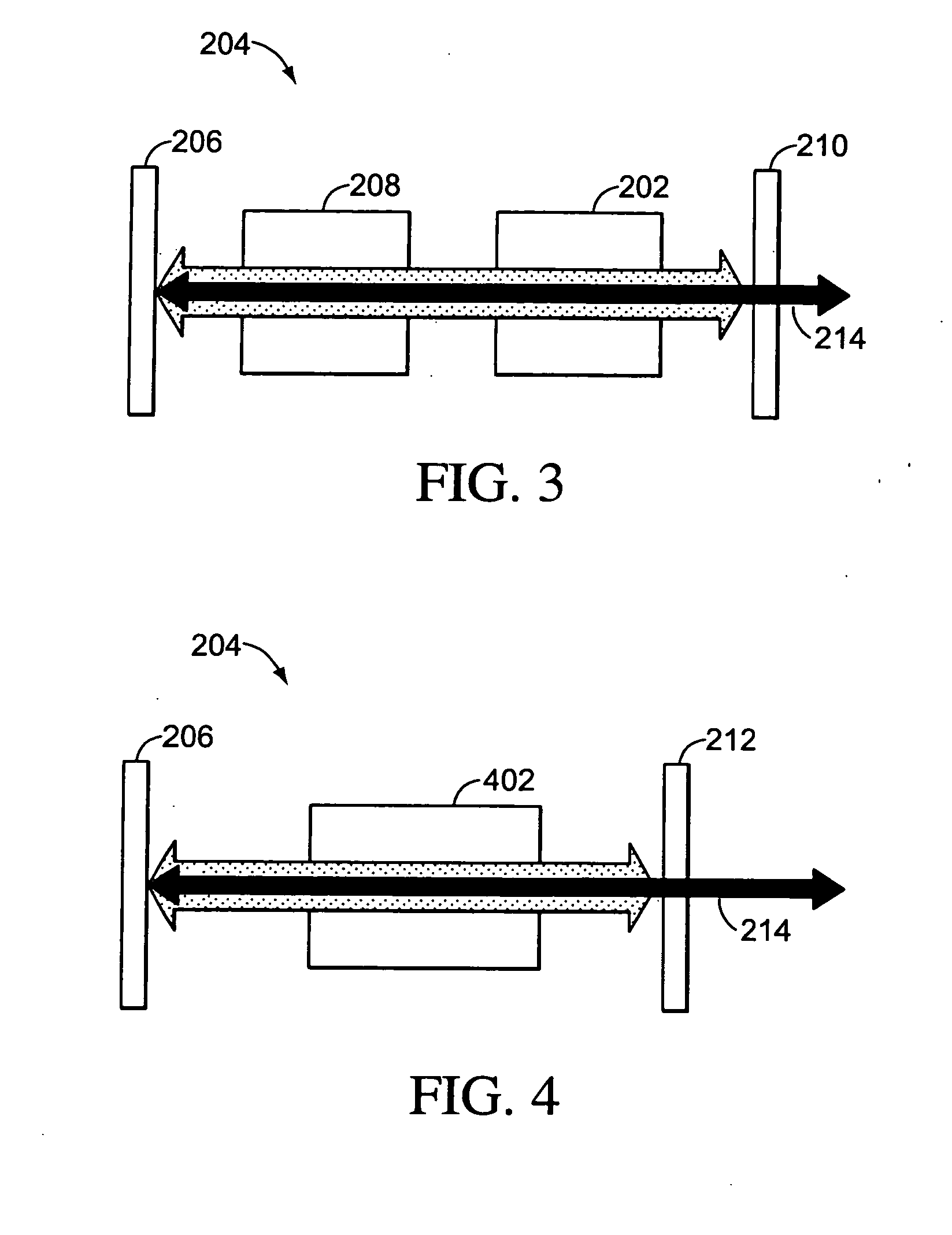Doped stoichiometric lithium niobate and lithium tantalate for self-frequency conversion lasers
a self-frequency conversion and lithium tantalate technology, applied in the field of laser materials, can solve the problems of insufficient li, difficult and expensive acquisition of appropriate laser light wavelengths, and high cost, and achieve the effects of reducing the cost of laser equipmen
- Summary
- Abstract
- Description
- Claims
- Application Information
AI Technical Summary
Benefits of technology
Problems solved by technology
Method used
Image
Examples
Embodiment Construction
[0056] In accordance with embodiments of the present invention, a laser crystal formed from a stoichiometric lithium niobate crystal isomorph host doped with a laser ion is presented. In some embodiments, Yb-doped stoichiometric lithium niobate (Yb:SLN) and Yb-doped stoichiometric lithium tantalate (Yb:SLT) are examples of laser crystals according to the present invention. Single crystals formed from Yb-doped stoichiometric lithium niobate and Yb-doped stoichiometric lithium tantalate can be periodically poled and utilized as self frequency converting laser materials. Such a material can be employed to efficiently generate laser radiation at a variety of wavelengths with improved beam qualities so as to be useful in a variety of applications including entertainment and projection systems, optical communications, optical data storage, medical and surgical treatments, industrial machining, scientific spectroscopy and instrumentation, target designation and tracking, missile and ordina...
PUM
 Login to View More
Login to View More Abstract
Description
Claims
Application Information
 Login to View More
Login to View More - R&D
- Intellectual Property
- Life Sciences
- Materials
- Tech Scout
- Unparalleled Data Quality
- Higher Quality Content
- 60% Fewer Hallucinations
Browse by: Latest US Patents, China's latest patents, Technical Efficacy Thesaurus, Application Domain, Technology Topic, Popular Technical Reports.
© 2025 PatSnap. All rights reserved.Legal|Privacy policy|Modern Slavery Act Transparency Statement|Sitemap|About US| Contact US: help@patsnap.com



